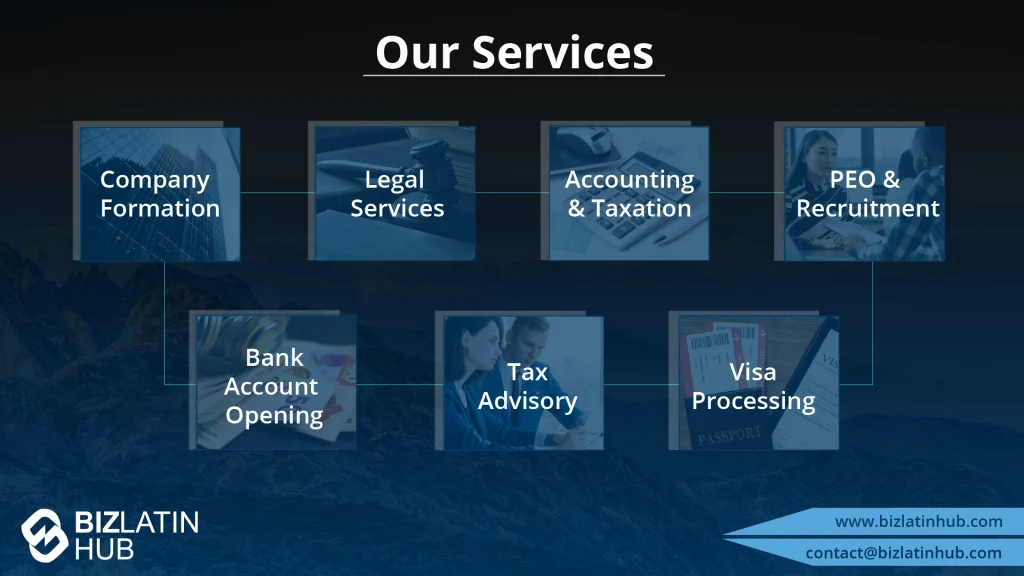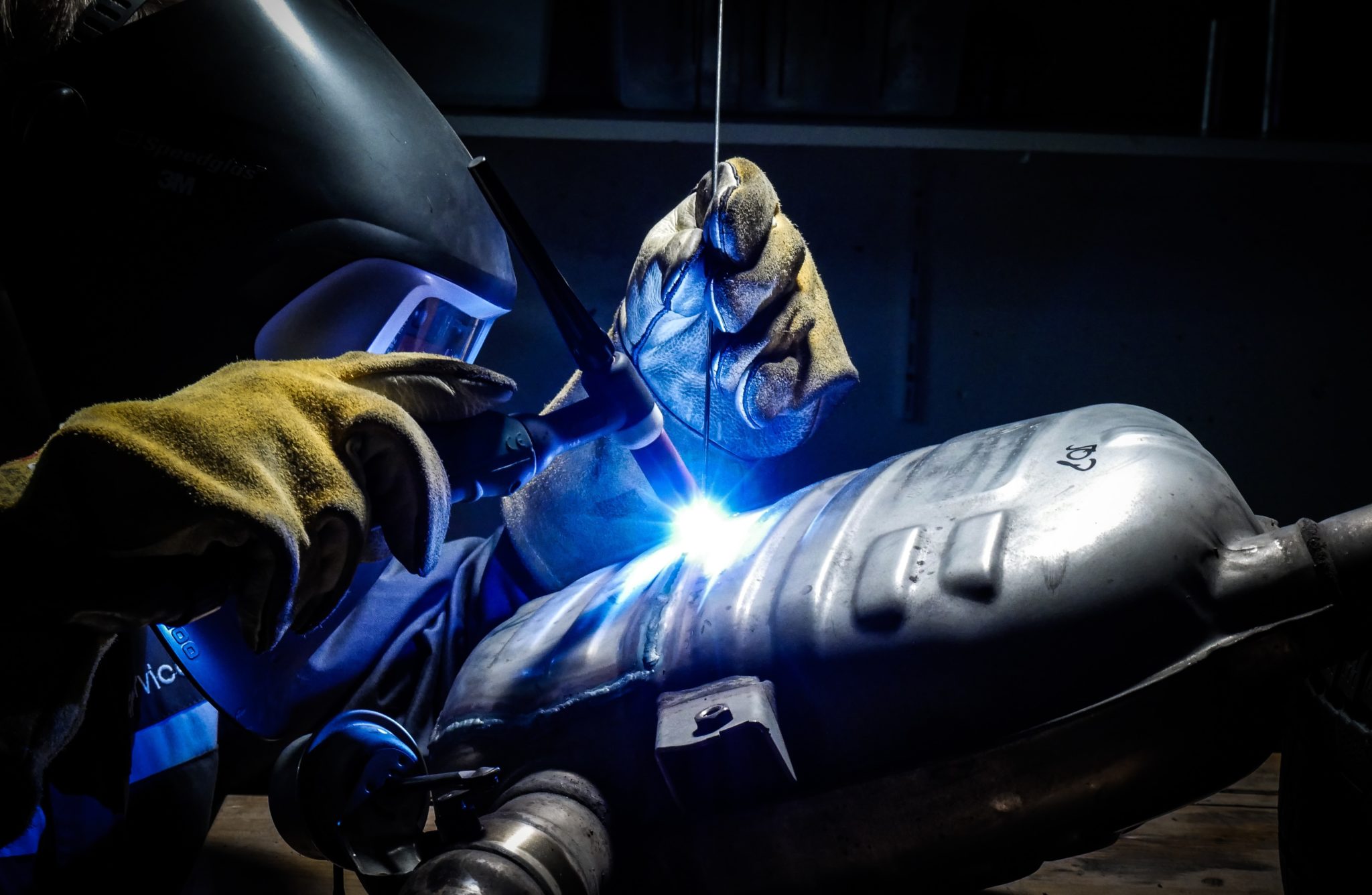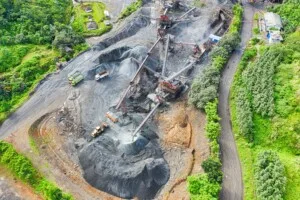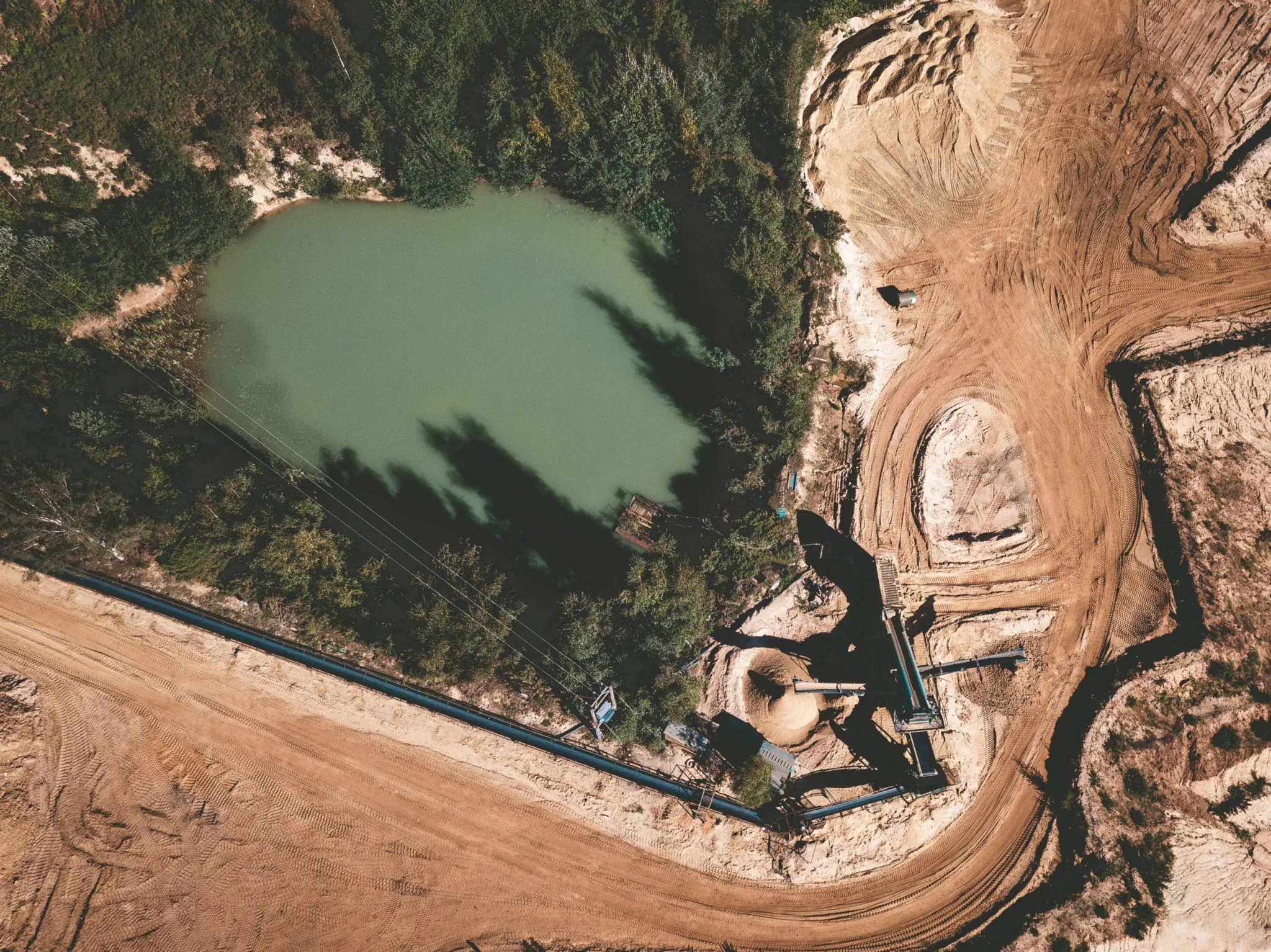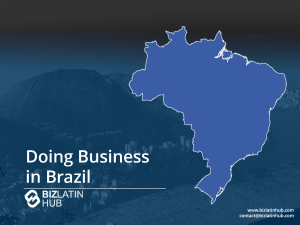The Australian economy has positive consecutive growth for more than two decades. Considered the 13th largest economy in the world, Australia’s GDP reached an impressive US$1.432 trillion in 2018. According to the Australian Treasury, GDP will grow by 2.8% in 2019. The Australian economy is strongly supported by secure foreign direct investment (FDI). In 2018, FDI inflows reached US$60 billion, with a record growth of 43%.
The Australian mining sector accounted for 38 percent of the total value of FDI stocks in Australia. Such investments also help to develop all other aspects of the Australian economy, including Australia’s critical export sectors. Iron ore remained Australia’s leading source of export revenue between 2017-2018, reaching AU$61 billion, closely followed by coal at AU$60 billion.
The country’s economy offers its foreign investors individual economic liberalism, stability, and the renowned transparency of its legal system. In particular, the mining industry accounts for a large share of FDI flow into the country, with 37.8% in 2018. Foreign investors own 5.9% of mining companies. We explore how key innovations in this thriving industry could positively impact the Latin American mining market.
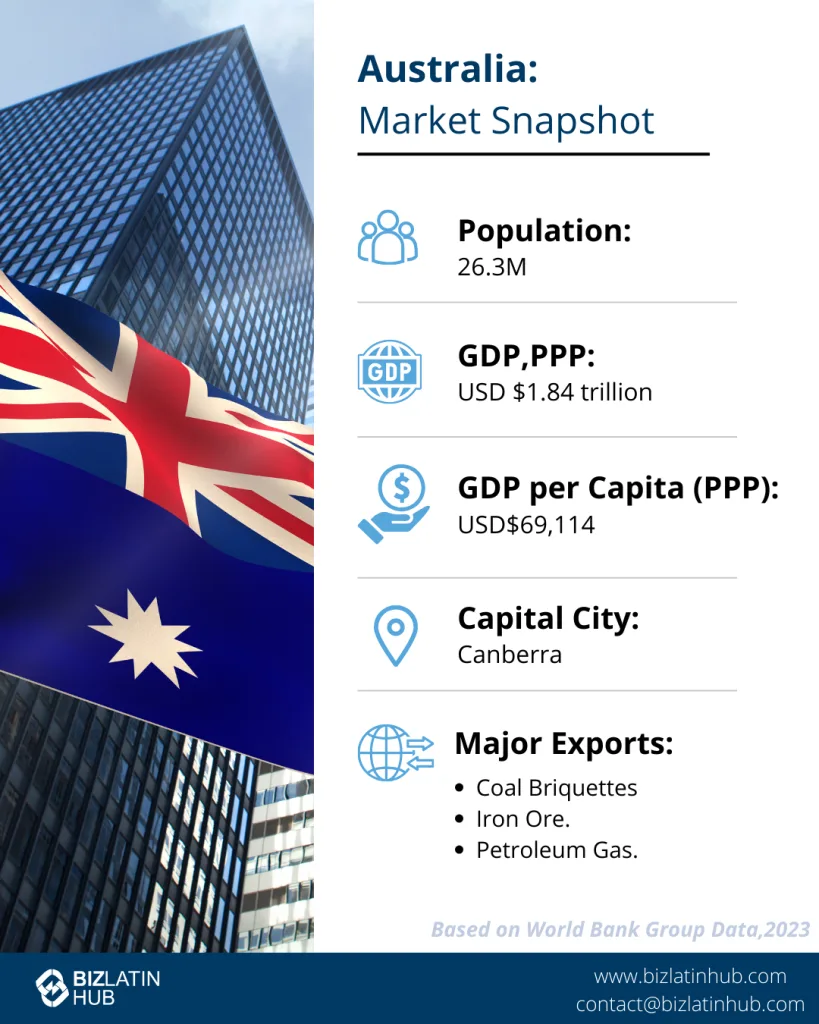
A global mining powerhouse
Fertile soil boosts mining prospects
Thanks to its rich endowment of natural resources, Australian soil contains a wide range of minerals such as iron, gold, bauxite, lead, rare earth elements, zinc, uranium, and diamonds. The land also offers significant deposits of zircon, ilmenite and rutile, manganese, black coal, silver, nickel, antimony, copper, cobalt, and tin.
With such fertile soils, it is no wonder that industry has been a mainstay of the Australian economy for over a century. The sector accounts for nearly 8.5% of GDP and 50% of export earnings. Considered the backbone of the country, the resources and logistics surrounding the mining sector are highly valued by the government.
Stocks to compete with China
According to industry experts, Australian mines possess 2.8% of the world’s mineral and rare earth reserves. With 3.4 million metric tons, Australia has an incredible mineral repertoire, considered the fifth largest in the world.
The government appears to be positioning itself as a competitive alternative for investors seeking to reduce their dependence on China for ore. Global economic tensions between the other world powers in mining make Australia an ideal place for investors looking for a more stable investment environment.
Future outlook
Australia and Latin America have shown steady growth in recent years, so, logically, their highly-valued mining sectors stand to benefit into the foreseeable future. But these resource-rich markets increasingly need the expertise of foreign companies specializing in this field. In particular, miners understand that the introduction of new technology can boost productivity and reduce environmental or other impacts of operations.
Australia, being more expert and technologically developed, has the means to provide technical resources and advice to a young but vibrant Latin American market. The more their collaborations develop, the more their competitive advantages vis-à-vis other countries will be felt at the global level.
Innovative products and processes in Australia
Australia is a country that encourages its mining and mining-related companies to develop innovative solutions for the benefit of industrial and economic development. Its mining sector is the source of new inventions or procedures to increase the efficiency of facilities, improve the safety of production site employees, and reduce the industry’s environmental impact.
Austmine is the industry’s leading organization for mining-related companies and the driving force behind the growth of external services and innovations in Australia’s mining capabilities. This element of the local mining industry is locally called METS: Mining Equipment, Technology, and Services.
The following is a shortlist of ten innovations developed and shared in the Australian market, which are used to improve or facilitate different aspects of the mining industry.
Collision detection and machine autonomy
The SNS SiTRACK from SITECH in Western Australia is a “collision detector”, in other words, a dynamic system for real-time collision detection. This type of system has been developed to improve the safety of mine site operations. In particular, it helps to avoid costly infrastructure damage, reduce downtime for maintenance and repairs, and manage stored equipment more efficiently.
It operates using geo-reference boundaries, and can be used on any vehicle from bulldozer to recuperator. It can integrate with the wireless system of the operational site. It uses the integration of the software into mobile systems via applications. The software relieves site operators from constant overview of machinery, allowing some machines to be semi or fully autonomous. to.
Cave tracker uses 3D Modeling
Developed by Mining3, Newcrest Mining, Rio Tinto, and Elexon, the CaveTracker system generates a magnetic field, using magnetic ‘beacons’ embedded in the mineral deposit.
Sensory detectors pick up on these beacons and allow operators to establish their exact location in real-time and in 3D, and thus create a detailed map of the deposit. The cave tracker saves exploration time and can drive improved productivity. The system also plays a role in improving the safety of underground exploration.
The main advantages of innovation are:
- Real-time mapping of material locations
- Improved process control and planning
- Reduction of risks and uncertainties.
Internet of Things (IoT)
As our world becomes increasingly digital, the Australian mining sector is responding. The Internet of Things (IoT) is a popular solution among the sector’s players.
In particular, IoT makes it possible to make sites more efficient, improve staff safety, and gain an advantage over competitors. According to experts of the sector, IoT could generate US$1.2 trillion worldwide through improved productivity.

One of IoT’s success stories in mining is the world-renowned British/Australian mining company, Rio Tinto, that since 2008 has been using IoT technology in sensors with its Mine of the Future program. This program allows it to monitor its fleet of vehicles 24/7 and saves nearly US$2 million per day each time a failure is avoided. It also enables mining companies to automate different tasks such as business processes or to identify possible cost reductions.
A method used in most industries for nearly two decades, IoT has made it possible to transform specific sectors such as mining production completely. With METS expertise, further mining cooperation between Australia and Latin America could include mutual adoption of IoT and implementing best practices related to its use.
Artificial Intelligence (AI)
Artificial intelligence (AI) is a frontrunner for mining innovation. Used to improve operational efficiency, AI is crucial to the future of the mining sector. Rio Tinto has become an AI leader in the mining industry. The company has installed AI technology on its transport trucks at the Pilbara iron ore mines in Western Australia. Besides, a 100% autonomous 1,700 km railway in Western Australia that operates on AI and transports iron ore from 16 different mines to 4 shipping terminals in a safe and efficient way.
The uses of virtual reality & SmartCap
Virtual reality (VR) is becoming more and more popular with companies, and its applications to the mining industry are many and various. VR supports 3D mapping techniques and drone technologies. This capability allows experts to achieve immersion in the details of a cave without having put their physical safety at risk.
Not only can VR support personal safety, it’s a great educational tool. The University of South Australia allowed its students to observe caves and mining operations while safely on campus with this VR technology. This activity was carried out in coordination with the Australian Institute of Mining and Metallurgy. Besides demonstrating the educational value of this technology, it may also serve to reduce training costs for mining employees.
Smart Cap, a spin-off from Mining3, has developed Life, a portable fatigue monitoring software for its employees. Life can easily be integrated into any headgear (cap, helmet, or headband). Life sends visual and audible alerts to the operator in order for them to actively manage their fatigue and thus avoid possible accidents or errors. Thanks to the measurement and analysis of brain activity, called EEG (or electroencephalogram), Life informs the user when they need rest for their own safety.
Adopting world-class technology from abroad
In order to keep an increasingly competitive market, Australian mining companies also use popular technologies developed from abroad. This allows them to maintain a competitive level of productivity.
Hybrid Apron Belt
The HAB Feeder from FLSmith is a hybrid apron belt feeder that provides the strength of an apron feeder with the discharge control of a conveyor system. Equipped with a low load floor and a fully modular design, it offers an affordable solution for the adjustable flow feeding of abrasive materials. These strengths include:
- Robustness and reliability of performance
- Easy to use and maintain
- Small installation space requirement
- Modular design for greater flexibility on site.
New radar sensor technology
The VEGAPULS 69 radar sensor is a sensor for continuous level measurement in bulk solids, which can be operated off-road and at a new frequency of 80 GHz. Perfect for small tanks or confined spaces, the excellent focus of its signal allows it to be used in various conditions, such as large silos or tanks with many internal elements. With easy adjustment and reliable measurement, VEGAPULS 69 is probably the most potent radar sensor of its generation, and its ease of use and wide range of applications make it an essential innovation in the sector. They have certain competitive advantages:
- High availability of the system, thanks to the absence of wear and maintenance
- Maintenance-free thanks to the non-contact measuring principle
- Reliable and independent measurement of steam, dust, and noise
Interest for LATAM market
Latin American mining countries are looking to cooperate with high-performers in this sector, like Australia. As a mining power and adopter of innovative techniques and technology, Australia is a crucial partner to support Latin American mining development.
Brazil, Peru, Chile, Mexico, and Colombia are all important mining actors in the region, each with their own specialties. Despite undergoing a period of rapid development, the region still has significant gaps in its resources and technologies. Australian mining companies can support this development and improved productivity and sophistication of Latin American mining operations.
As the region is rich in variety and volume of natural resources, it has a high-returns potential. Solutions that can improve productivity, safety, and even limit environmental impacts have the potential to shape the region’s mining future.
Need support to work in LATAM? Contact us
Mining cooperation between Australia and Latin America offer significant opportunities for those at the forefront of technological innovation. Opportunities to improve productivity are welcomed in Latin America’s pro-business governments, and it’s an opportune time to consider your international expansion into these responsive markets.
At Biz Latin Hub, our teams of local and expatriate professionals work across Latin America. We also have a footprint in Australia to make your expansion process run smoothly. We’ll tailor suite of market entry and back-office services to your commercial needs and look out for your best interests as an expanding company.
Our mining legal experts can provide you with the best possible support for your project. Contact us for more information and a personalized quote.
